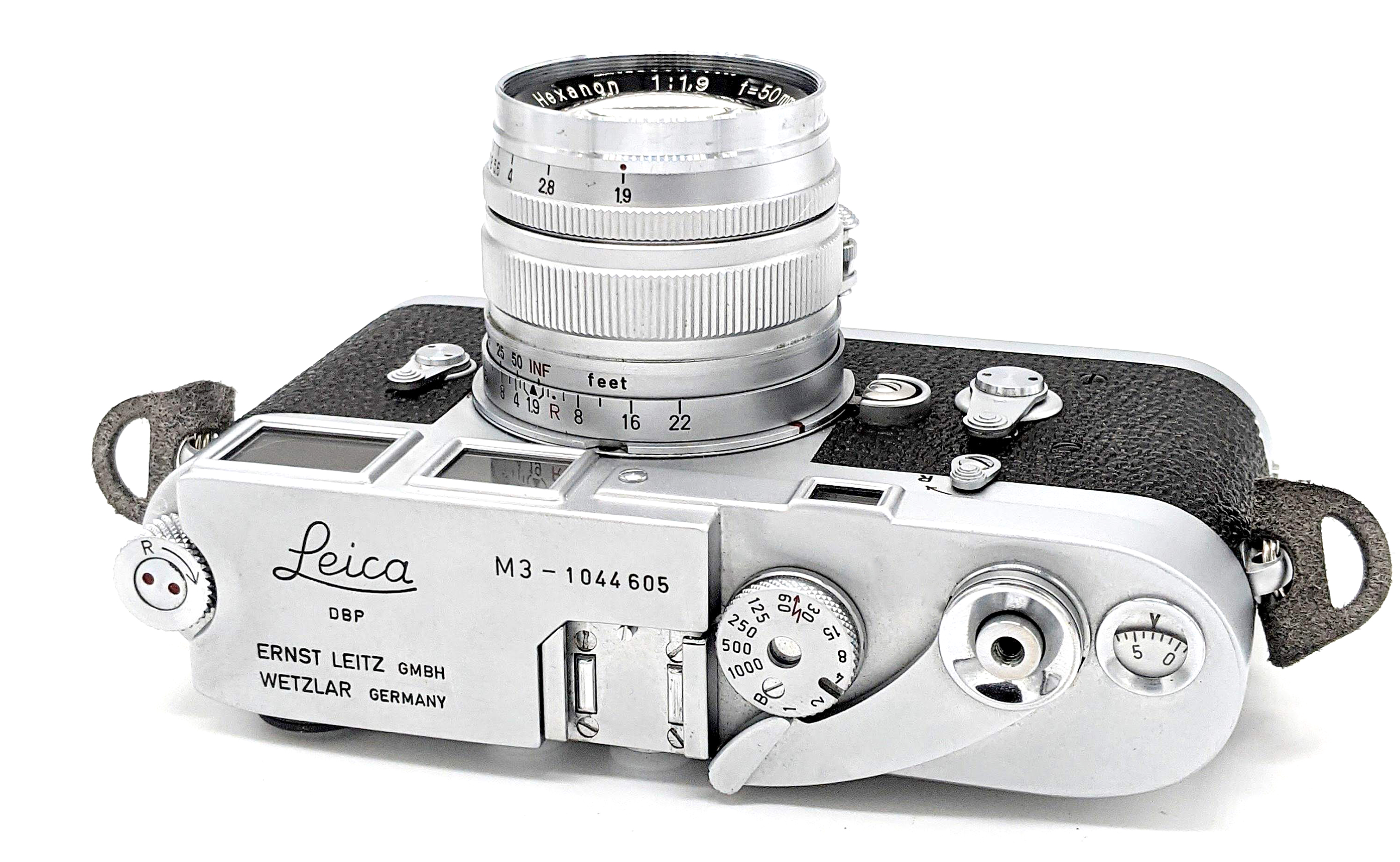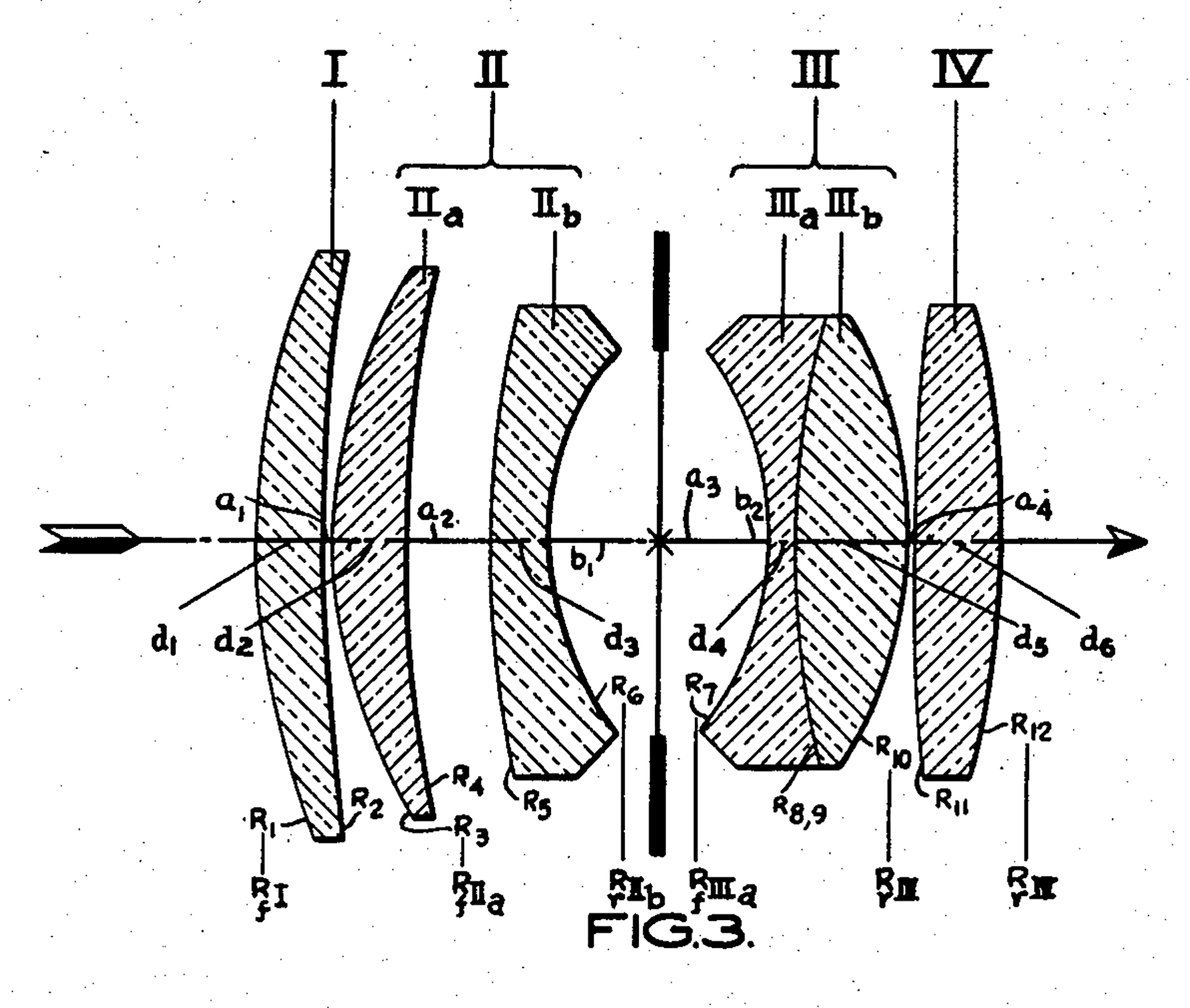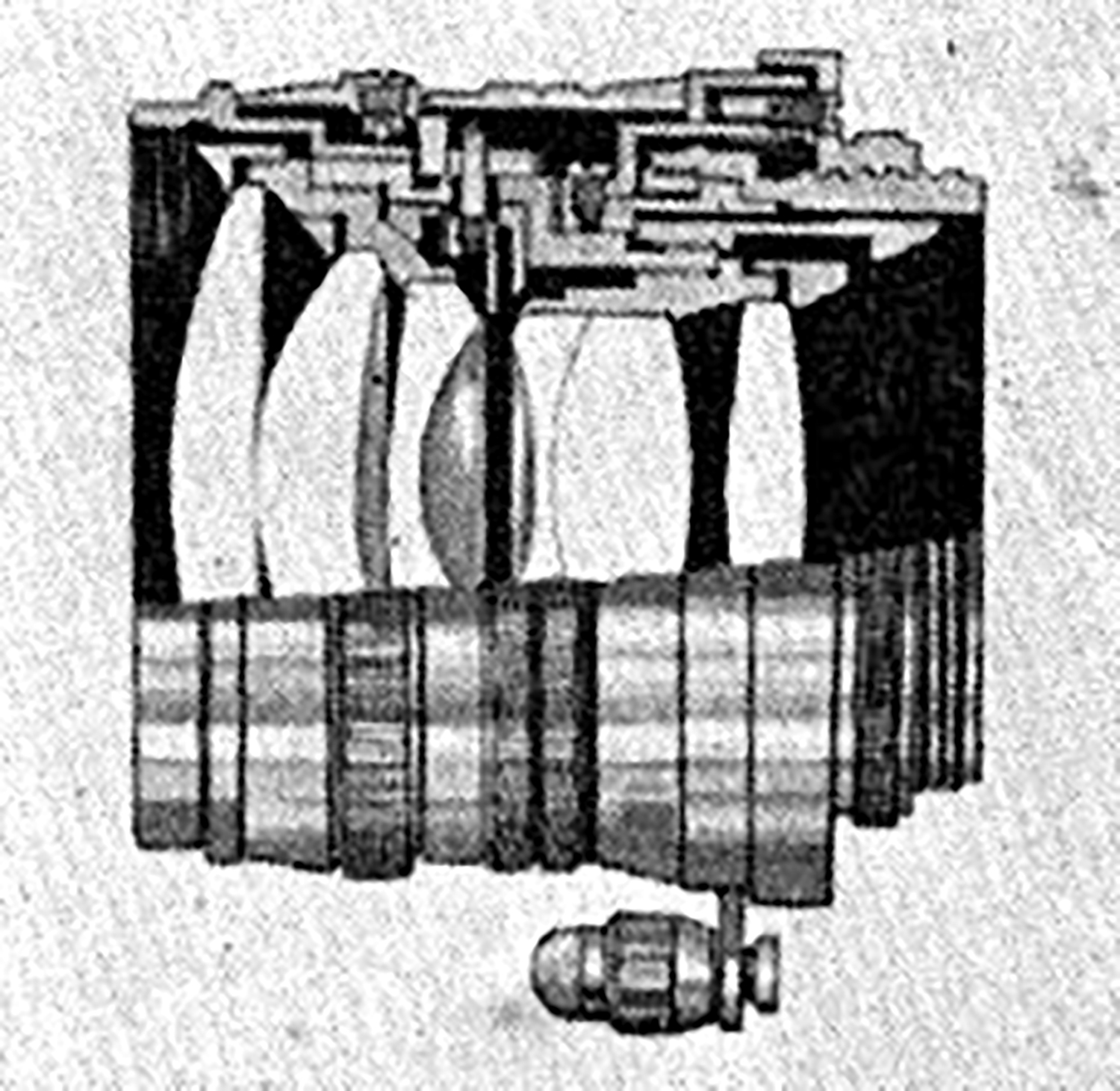
During the 1950s, Konishiroku Corporation (Konica) gained a deserved reputation for producing high-quality fixed-lens 35mm rangefinder cameras, most notably the I, II, and III series. During this era, Konica also produced in some number three Leica screw mount (M39) lenses: the collapsible 50mm f/3.5 Hexar, the rigid 50mm f/1.9 Hexanon, and the super-fast (and essentially unobtainable) 60mm f/1.2 Hexanon. The f/3.5 and f/1.9 lenses came normally bundled with several mid-1950s Japanese-market M39 cameras like the Chiyotax IIIF and Leotax models like the “F” and the “T.” However, it does not appear that either these Chiyotax or Leotax models or the standalone M39 f/3.5 and f/1.9 lenses were ever marketed in North America. A version of the f/3.5 Hexar was used in the Konica IIB and IIBm rangefinder cameras. A version of the f/1.9 Hexanon was used in the Konica IIA and III rangefinder cameras.
The 50mm f/1.9 Hexanon is a beautifully-crafted and relatively compact lens with a chrome barrel, click-stops for aperture, Konica’s trademark 1950s amber-colored single lens coating, and the standard-for-the-era infinity lock. As with most quality 1950s M39 lenses, they sure don’t make them like they used to. It is not quite clear how long the M39 Hexanon was produced. I would guess until about 1957 or 1958. By 1960, Konica’s camera division was focusing almost exclusively on developing a competitive 35mm SLR and the next generation of fixed-lens rangefinders.
Specifications
| 50mm f/1.9 Hexanon | 50mm f/3.5 Hexar | |
| Lens Mount | M39 (Leica Screw Mount) | M39 (Leica Screw Mount) |
| Aperture Range | f/1.9 – f/22 in Click Stops | f/3.5 – f/22 in Click Stops |
| Optical Design | 6 Elements / 5 Groups | 4 elements / 3 groups |
| Weight | 260g | |
| Filter Thread | 40.5mm | 34mm |
| Minimum Focus | 1.00 meter (3.3 ft) | 1.00 meter (3.3 ft) |
| Aperture Blades | 10 |
By the mid-1950s, certain Japanese companies were producing numerous different M39 screw-mount cameras based more or less on the basic Leica III design. These cameras were optimized and built around the 50mm focal length. While wider lenses existed at the dawn of the 1950s, mainly in the 28mm and 35mm focal lengths, they were initially very expensive and required users to use an external finder to frame the photo. Canon, Chiyoda (later “Minolta”), Honor, Leotax, Melcon, Nicca (a/k/a “Tower” in the USA), Tanaka, and others produced thousands of these cameras, with many, but not all, being available for export outside of Japan. At the same time, in addition to numerous European offerings, there was a mind-boggling number of different Japanese-made M39 standard lenses. Many of these lenses shared remarkable physical and optical characteristics with each other, leading one to wonder if in reality much of this production was sourced to the same subcontractors.
Here is an attempt to compile a list of known standard M39 lenses (excluding the Sonnar derivatives and some of the f/3.5 lenses) manufactured in Japan during the 1950s. This list is not exhaustive but provides a taste of how many different M39 standard lens options existed at the time.
| Brand | Focal Length | Year | Lens Design | Filter |
| Canon | 50mm f/1.2 | 1956 | 7 Elements, 5 Groups | 55mm |
| Canon | 50mm f/1.4 II | 1959 | 6 Elements, 5 Groups | 48mm |
| Canon | 50mm f/1.9 | 1949 | 6 Elements, 4 Groups | 40mm |
| Canon | 50mm f/1.8 I | 1951 | 6 Elements, 4 Groups | 40mm |
| Canon | 50mm f/1.8 II | 1956 | 6 Elements, 4 Groups | 40mm |
| Canon | 50mm f/1.8 III | 1959 | 6 Elements, 4 Groups | 40mm |
| Canon | 50mm f/2.8 I | 1955 | 4 Elements, 3 Groups | 34mm |
| Canon | 50mm f/2.8 II | 1957 | 4 Elements, 3 Groups | 40mm |
| Canon | 50mm f/2.8 III | 1959 | 4 Elements, 3 Groups | 40mm |
| Chiyoda | 45mm f/2.8 | 1947 | 5 Elements, 3 Groups | 34mm |
| Chiyoda | 50mm f/1.8 | 1958 | 6 Elements, 5 Groups | 46mm |
| Chiyoda | 50mm f/2 | 1954 | 7 Elements, 6 Groups | 40.5mm / 43mm |
| Chiyoda | 50mm f/2.8 | 1954 | 5 Elements, 3 Groups | 40.5mm |
| Honor | 50mm f/1.9 | 1957? | ? | ? |
| Honor | 50mm f/2 | 1958 | 6 Elements, 5 Groups | ? |
| Fujinon | 50mm f/1.2 | 1954 | 8 Elements, 4 Groups | 58mm |
| Fujinon | 50mm f/2 | 1957 | 6 Elements, 5 Groups | 43mm |
| Fujinon | 50mm f/2.8 | ? | ? | ? |
| Leotax | 50mm f/2 | 1958 | ? | 40.5mm |
| Nicca | 50mm f/2.8 | 1957? | ? | ? |
| Nikon | 50mm f/1.1 | 1956 | 8 Elements, 7 Groups | 62mm |
| Nikon | 50mm f/3.5 Micro | 1956 | 5 Elements, 4 Groups | 34.5mm |
| Olympus | 40mm f/2.8 | 1950? | 5 Elements, 4 Groups | ? |
| Piotar | 45mm f/1.9 | 1957? | 6 Elements, 4 Groups | ? |
| Tanar | 50mm f/1.2 | 1959? | ? | ? |
| Tanar | 50mm f/2.8 | 1955 | 4 Elements, 3 Groups | ? |
| Topcor | 50mm f/1.5 | |||
| Topcor | 50mm f/1.8 | |||
| Topcor | 50mm f/2 | |||
| Topcor | 50mm f/2.8 | |||
| Yashica | 50mm f/1.8 | 1959 | 6 Elements, 5 Groups | 43mm |
| Yashica | 50mm f/2.8 | 1959 | 5 Elements, 4 Groups | 40.5mm |
| Zunow | 50mm f/1.1 I | 1953 | 9 Elements, 5 Groups | ? |
| Zunow | 50mm f/1.1 II | 1955 | 8 Elements, 5 Groups | 54.5mm |
| Zunow | 50mm f/1.9 | ? | 7 Elements, 4 Groups | 40.5mm |

The Hexanon employed a fairly new (for the time) and complicated lens design with a six elements in five groups. The Hexanon appears to be closest to Voigtlander’s “Ultron” design. According to the 1950 Voigtlander patent, this design was a step forward for double-gauss standard lenses by minimizing coma, improving field flatness, and reducing certain aberrations in a relatively-fast lens. Konica certainly did not verbatim attempt to “copy” the Voigtlander design. The Hexanon is also of a different design than the contemporary Canon Double-Gauss lenses.


So how does the Hexanon compare to other contemporary lenses in its focal length, class, and price-point? In my opinion, the Hexanon is a capable and lovely lens, held back only by its era-standard 1.00m minimum focusing distance and more dampened focusing compared to modern lenses (which is a matter of preference for many). When using the lens on a Leica M with an adapter, there are no issues with the infinity focusing lever interfering with the lens release button or self-timer or any blocking the rangefinder window. After using modern Leica M-mount lenses for years, these 1950s lenses are real works of art in themselves.
The main downside of the Hexanon today is it has become a victim of the endemic “price-creep” on anything collectible or Leica. Fifteen years ago, a good example could be scored for around $200 or less. An even better deal might have been to buy the generic M39 camera on which the Hexanon came and then turn around and sell the body for a few bucks. However, because Hexanons are currently being marketed $500 or more, the price makes it a bit less attractive option for “screwing around.” The best case for paying the premium for the Hexanon would be for the great performance, wonderful build quality, and, let’s be honest, the chance to use a rare Leica-mount lens that was never really known in the West.